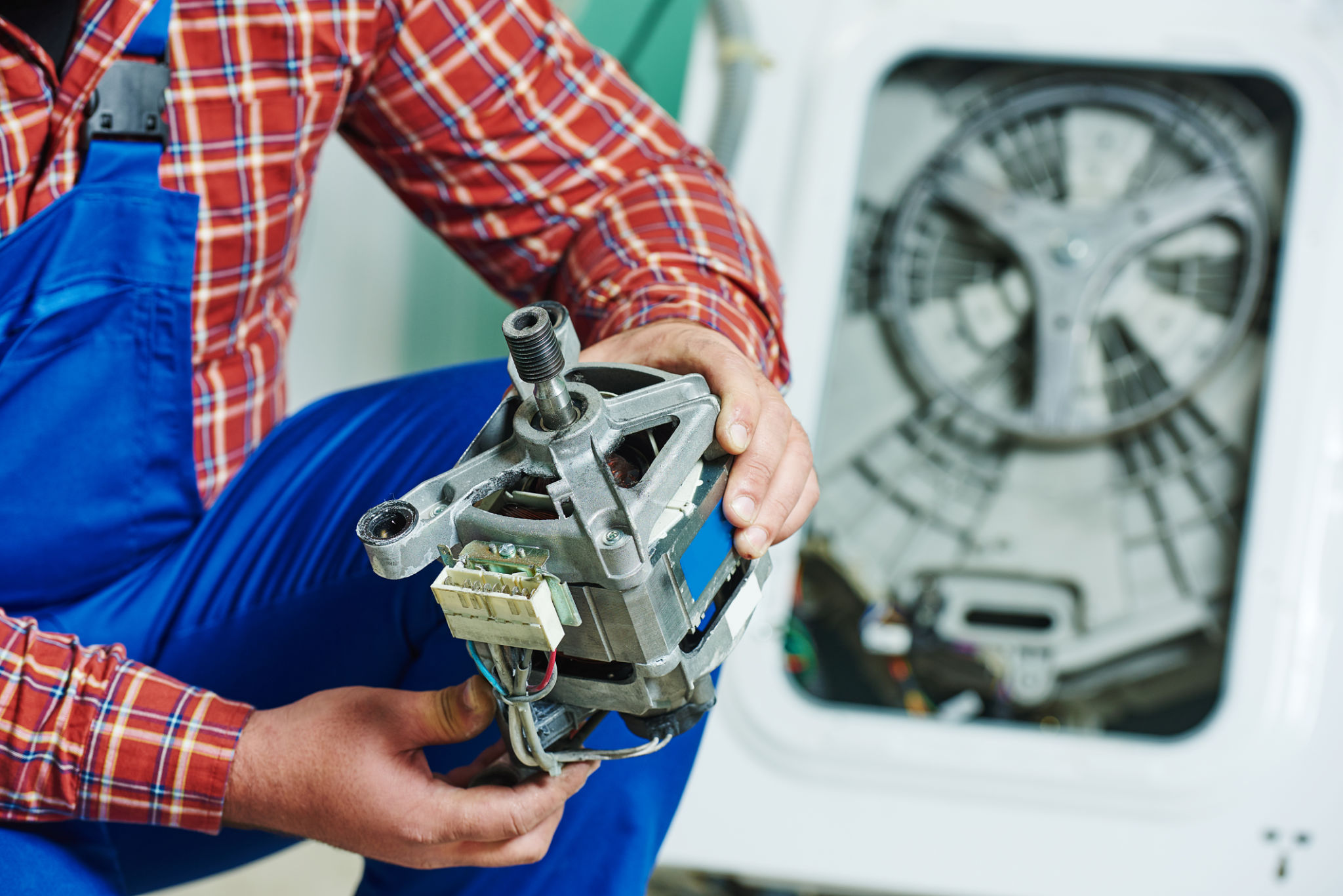DIY Tips for Minor Appliance Repairs at Home
Understanding Your Appliances
Minor appliance repairs can often be tackled at home with a little know-how and the right tools. Understanding the basic function and components of your appliances is the first step toward successful DIY repairs. Many common issues are easy to identify and rectify without professional help, saving you time and money.
Before you start, make sure to unplug the appliance and turn off any related circuit breakers. Safety should always be your top priority. Additionally, having a basic toolkit on hand, including screwdrivers, pliers, and a multimeter, can make your repair process smoother.

Troubleshooting Common Issues
Refrigerator Problems
If your refrigerator isn't cooling properly, the culprit might be a dirty condenser coil. Cleaning these coils is crucial for maintaining the appliance’s efficiency. Simply unplug the refrigerator, locate the coils (usually at the back or bottom), and use a vacuum or brush to remove any dust and debris. Doing this every six months can prevent cooling issues.
Washing Machine Leaks
Leaking washing machines are another common issue. Start by checking the hoses for any visible damage or loose connections. Tighten any loose fittings and replace damaged hoses as needed. Also, ensure that the washer is level on the floor, as imbalance during operation can lead to leaks.

Tackling Electrical Issues
Many minor appliance failures stem from electrical problems. For instance, if an appliance isn’t turning on, the issue might be a blown fuse or tripped circuit breaker. Check your home's breaker box to see if a switch has been flipped. If all looks well, replace the fuse with one of the same rating.
When dealing with electrical components, using a multimeter can help diagnose issues such as faulty switches or broken wires. Always ensure that the appliance is unplugged when testing for continuity or voltage to avoid any risk of electric shock.
Replacing Minor Parts
Sometimes, all that's needed for an appliance repair is replacing a minor part. For example, a malfunctioning dishwasher may only require a new door latch or seal. Identifying and ordering the correct part can often be done online using the appliance’s model number. Many manufacturers provide detailed diagrams that make part identification easier.

When to Call a Professional
While DIY repairs can be cost-effective, there are instances when calling a professional is necessary. If you're dealing with complex issues, particularly those involving gas lines or significant electrical work, it’s best to err on the side of caution. Professionals have the expertise and tools to handle these safely.
Moreover, if you've attempted a repair but find that the problem persists or worsens, seeking expert assistance can prevent further damage and ensure your appliance is restored to optimal condition.
Final Tips for DIY Appliance Repair
Remember that patience and persistence are key when tackling DIY repairs. Start with simple fixes before attempting more complex ones. Always refer to the appliance’s manual for specific guidance and double-check all connections before reassembling any appliance.
With these tips and a bit of practice, you'll become more confident in handling minor appliance repairs at home, leading to greater self-reliance and fewer repair bills in the long run.
